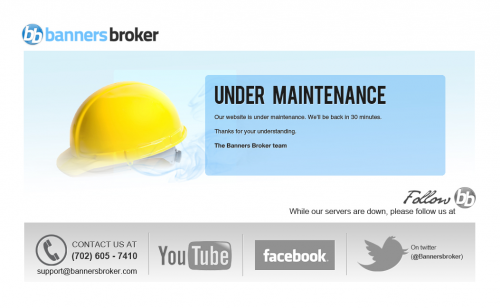Apologies for a somewhat misleading title. I just thought it was funny and appropriate. This post is nothing but a link to yet another blog post discussing all things broken in PHP. Or is it?
Virtually every feature in PHP is broken somehow. The language, the framework, the ecosystem, are all just bad. And I can’t even point out any single damning thing, because the damage is so systemic. Every time I try to compile a list of PHP gripes, I get stuck in this depth-first search discovering more and more appalling trivia.
I’ve been there, done that. I’ve posted a few times on this blog and elsewhere my “appreciation” towards PHP. I am one of those who doesn’t like the language. Yet, I am one of those who programs pretty much entirely in PHP to the extent of completely forgetting all the other languages I once knew and used (hi, perl!).
Indeed, PHP has a number of shortcomings – it is inconsistent, unpredictable, unstable, and probably even insecure. That’s all well known. It’s a pain to use and even with that, it’s pretty much a de facto standard for web development these days.
As a working programmer I often hate and despise it. Yet, as a technology guy and a big fan of the web, I love it. With all its cons and ugly side effects, it did accomplish something. It brought a lot of people into web development. And those people have created a whole lot of cool things, which they otherwise couldn’t. This feeling of remote appreciation is similar to my feeling of appreciation for Microsoft Windows and a bunch of related programs. As “broken” as they were, they helped to bring a lot of people into computers. Some of those people learned better ways. Some brought the money that the industry always needs to grow and push the limits. Some just provided an inspiration for others to solve certain problems.
Regardless, of whether you like PHP or not, if you are using it, you should know the downsides. And for that the article above is a really good source.

